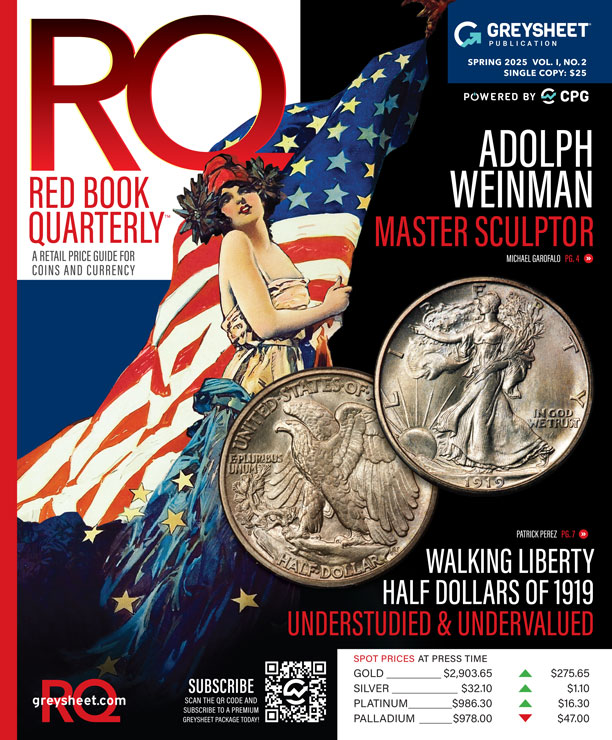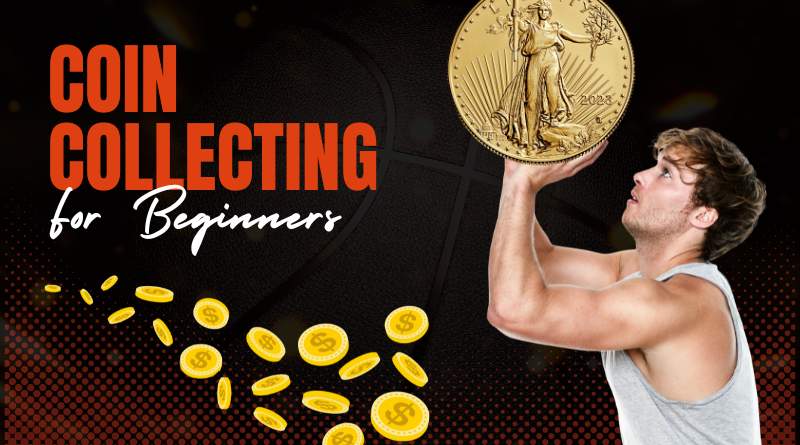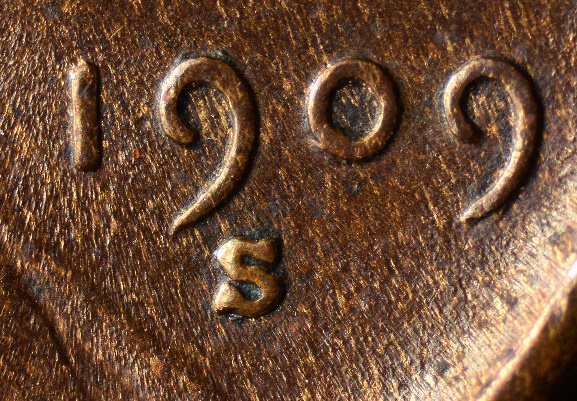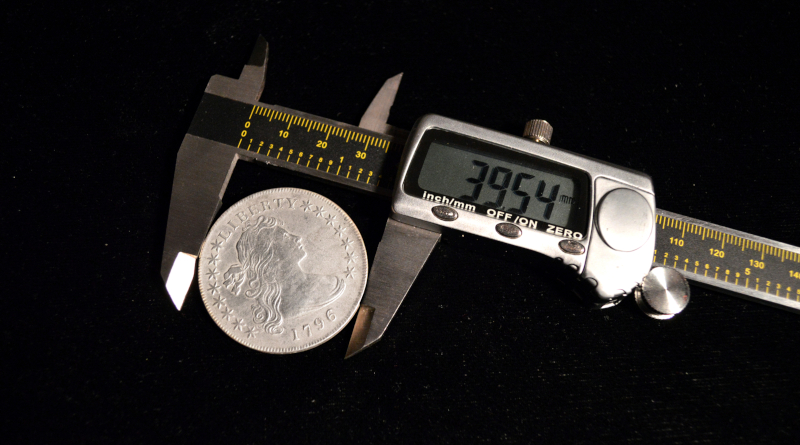Coin Collecting 402 - Counterfeit Coin Detection
Detecting counterfeit coins is a science that requires skill and experience to perfect.
Second, only to coin grading , the ability to detect counterfeit coins is probably the most difficult skill to acquire in coin collecting. While coin grading is a subjective and opinionated part of coin collecting, detecting counterfeit coins is probably one of the most science-based aspects.
My first article on this topic, Coin Collecting 401 - Counterfeit & Altered Coins , covered the importance of learning three distinct aspects of knowledge required to detect counterfeit coins. Without that knowledge, the tools and processes presented below will not be effective. To refresh your memory, they are:
1. Manufacturing Process of Genuine Coins
2. Characteristics of Genuine Coins
3. Diagnostic Information
Tools of the Trade
Detecting counterfeit coins is a precise science. Therefore, you will need highly accurate tools to discern if a coin is genuine or counterfeit. This is one area we should not skimp on the cost by purchasing low-quality equipment. This will lead to variances and measurements and may yield incorrect results.
Lighting
The first step of detecting a counterfeit coin is carefully examining it. Therefore, you will need proper lighting to make accurate observations. Low levels of lighting at coin shows are not conducive to counterfeit detection. Additionally, fluorescent lights and light entering through windows provide a mix of different types of lighting that can alter the look of a coin.
If you work at home or in your shop, you should invest in a high-quality desk lamp. Many professional coin graders use a 75-W incandescent bulb. However, with the demise of the incandescent bulb, you should use an LED bright white bulb with a full-color spectrum. With the proper lamp and bulb, you can discern any color differences on the coin's surface.
Loupes and Microscopes
Magnification is the next most crucial aspect of counterfeit detection. If you are traveling or at a coin show, a 12X loupe and a pocket magnifier of at least 40X should be part of your travel toolkit. Pocket magnifiers usually come with an LED light to provide adequate lighting on the coin's surface.
The best magnification tool that you can invest in is a stereo microscope. There are many models to choose from. Cheaper models will have poor-quality optics and may distort the coin's surface. I recommend purchasing a stereo microscope that has a zoom factor from 10X to at least 45X. A built-in overhead light should also light the coin on the viewing platform.
Scales
One of the telltale signs that a coin is counterfeit is that it is not the correct weight. Purchasing a digital scale with an accuracy of at least 0.01 grams is a necessity. If you are dealing in bullion, a 100 Troy ounce bar is more than 3,000 grams. Therefore, you will need a scale that can measure more than 3,000 grams. Finally, you should be able to select between several units of measure. I recommend grams, Troy ounces, grains, and avoirdupois ounces.
Magnet
Although counterfeiters are paying more attention to the material they use in crafting their bogus coins, some still use iron or steel in their composition. If the coin should not have any iron or steel, it should not stick to a magnet. I recommend a rare earth Neodymium N52 disc that is about three-quarters of an inch in diameter. This is small enough to carry with you wherever you go.
Caliper
A caliper is a tool used to measure the diameter and thickness of coins. I recommend purchasing a digital caliper that is accurate to 0.01 mm. When measuring the diameter or thickness of a coin, be careful not to scratch the coin with the metal jaws. Work on a flat surface with a soft cloth underneath the coin.
Metallic Composition
There are two advanced types of instruments to measure metallic composition:
Electrical Resistivity and Conductivity (ERC)
The Precious Metal Verifier by Sigma Metalytics, LLC is the most popular device. This instrument allows you to measure the bulk metal in a bullion bar or coin and ensures that the metal matches the expected electrical characteristics of the selected metal type. The Verifier can assess a sample in less than one second without affecting the coin or bullion in any way. There are several different models to choose from, starting at about $900.
X-Ray Fluorescence (XRF) technology
X-ray fluorescence (XRF) technology is a non-destructive analytical technique used to determine the elemental composition of a material. The method is based on the principle that when a material is exposed to high-energy X-rays, the atoms within the material will emit secondary X-rays that are characteristic of the elements present. Although the measurements are extremely precise, you will pay dearly for this accuracy because units start at about $10,000. But, on the other hand, the unit could pay for itself by catching just one counterfeit rare coin.
The Process
Many coin dealers and collectors have their own process for detecting counterfeit coins. Here is a basic process that you can use to start catching counterfeit coins before you buy them.
1. Visual Inspection
Look at the coin under ideal lighting conditions. Does the coin look correct? Is the color consistent with coins of similar type and grade? If you are unfamiliar with a particular series, plenty of Internet resources can show you high-resolution photographs of genuine coins.
2. Weight
Weigh the coin on a highly accurate scale. Is the coin's weight within the weight tolerances for a genuine coin? If the pan or platform of the scale is made of metal, be careful when you place the coin and remove it so you do not damage the coin.
3. Diameter and Thickness
Use your caliper to measure the diameter and thickness of the coin to ensure that it is within the proper tolerances for that particular coin type. If the coin is well circulated, take into account that metal has been worn away from the coin and that the tolerances need to be more generous.
4. Verify Metal Composition
Finally, verify the metallic composition of the coin. You can do this by either using an Electrical Resistivity and Conductivity (ERC) instrument or an X-Ray Fluorescence (XRF) technology-based instrument. Remember, to properly use the ERC instrument, you must select the proper metallic composition from the menu. The ERC will then tell you if it's within tolerances or not. On the other hand, the XRF will analyze the metal and give you a readout of its exact composition.
Books, Resources, and Education
The best way to learn how to detect counterfeit coins and bullion is through education. The following resources can help you refine your counterfeit detection skills.
1. American Numismatic Association Summer Seminar , Introduction to Counterfeit and Alteration Detection
2. The American Numismatic Association Learning Academy, Detection of Counterfeit and Altered Coins
3. Numismatic Forgery by Charles M. Larson, ISBN: Zero-974-2371-2-4
4. Official Guide to Coin Grading and Counterfeit Detection by John W. Danreuther, Edited by Scott A. Travers, ISBN: 0-375-72050-2 (out-of-print)
5. United States Gold Counterfeit Detection Guide by Bill Fivaz, Whitman Publishing LLC, ISBN 978-0794849108
6. Fake Coin Bible by Sebastian Wieschowski, self-published

Download the Greysheet app for access to pricing, news, events and your subscriptions.
Subscribe Now.

Subscribe to RQ Red Book Quarterly for the industry's most respected pricing and to read more articles just like this.
Author: James M Bucki
Related Stories (powered by Greysheet News)
View all news
A die variety occurs when there is an intentional or unintentional change or variation to the design on the coin die.

There are many reasons people start collecting coins: for fun, profit, even investment. It's best to learn the basics before you jump in too quickly.

Being able to identify counterfeit and altered coins can save you hundreds, if not thousands, of dollars if you know how to do it well.









Please sign in or register to leave a comment.
Your identity will be restricted to first name/last initial, or a user ID you create.
Comment
Comments